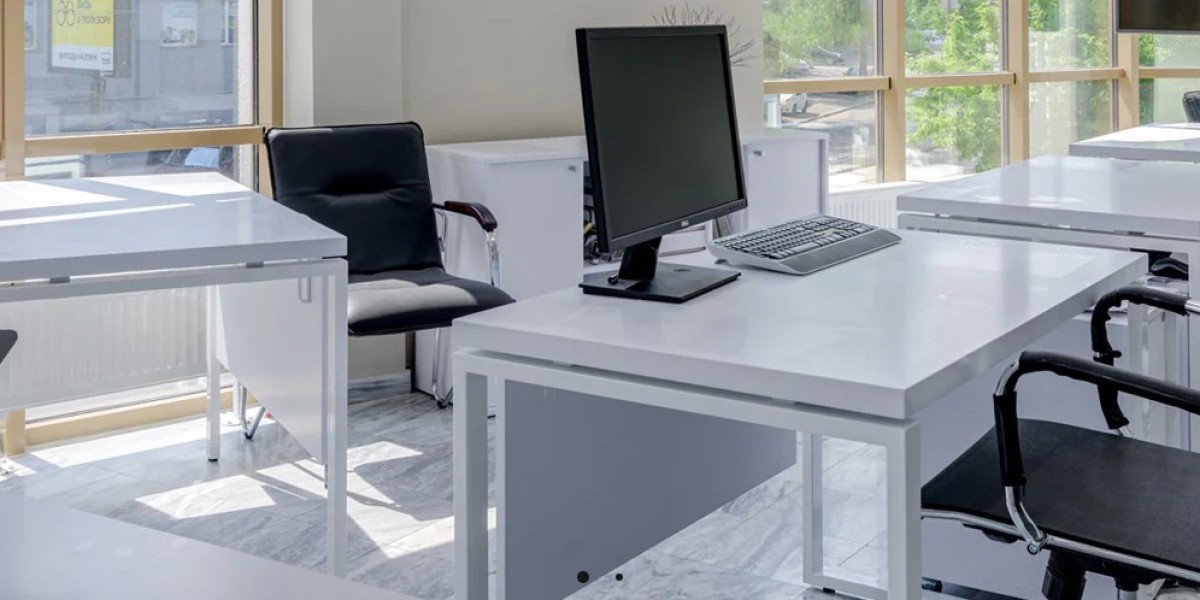The future of flexible workspaces is evolving rapidly as companies adapt to changing work patterns, employee expectations, and technological advancements. Here’s an exploration of key trends and innovations that are shaping the future of flexible work environments:
1. Hybrid Work Models
- Trend: The hybrid work model, where employees split their time between working remotely and in the office, is becoming the norm. This shift demands workspaces that can accommodate varying numbers of employees on different days, making flexibility a core requirement.
- Future Impact: Offices will be designed with modular elements that can be reconfigured easily to suit different needs, such as collaborative areas, quiet zones, and hot-desking stations.
2. Modular and Adaptable Furniture
- Trend: Furniture that can be easily rearranged or reconfigured is crucial in flexible workspaces. Modular furniture systems allow for quick adjustments to the office layout based on changing needs, such as team projects or individual work.
- Future Impact: We’ll see an increase in furniture that is lightweight, mobile, and multi-functional, enabling employees to personalize their workspaces with ease.
3. Technology Integration
- Trend: Technology plays a vital role in the flexible workspace, with smart office solutions that enhance connectivity and productivity. From wireless charging stations to adjustable desks controlled by apps, tech integration is becoming a standard feature.
- Future Impact: Expect advancements in AI-driven workplace management systems that optimize space usage, monitor environmental conditions, and offer personalized work settings for employees.
4. Emphasis on Well-Being and Comfort
- Trend: Employee well-being is a top priority, with companies investing in ergonomic furniture, wellness rooms, and spaces designed to reduce stress. Flexible workspaces will increasingly incorporate elements that promote physical and mental health.
- Future Impact: Future offices will blend work and wellness, with features like adjustable lighting, biophilic design, and quiet zones that support focus and relaxation.
5. Sustainable and Eco-Friendly Design
- Trend: Sustainability is driving changes in workspace design, with an emphasis on eco-friendly materials, energy-efficient systems, and waste reduction. Flexibility will also extend to how spaces can be sustainably modified or repurposed.
- Future Impact: Workspaces will increasingly feature sustainable practices, such as renewable energy use, green building materials, and furniture designed for long-term use or easy recycling.
6. Collaboration-Focused Layouts
- Trend: As remote work grows, the office is becoming a hub for collaboration rather than daily tasks. Flexible workspaces are designed to foster teamwork and creativity, with open layouts, breakout areas, and collaborative tools.
- Future Impact: Offices will prioritize spaces that encourage interaction, with more emphasis on communal areas, dynamic meeting rooms, and tools that facilitate remote and in-person collaboration seamlessly.
7. Personalization and Customization
- Trend: Employees are seeking more control over their work environments. Flexible workspaces will offer personalized settings, where employees can adjust their surroundings, from desk height to lighting and temperature, to suit their preferences.
- Future Impact: Expect to see customizable workstations and environments that adapt to individual work styles, enhancing comfort and productivity.
8. Decentralized Workspaces
- Trend: With the rise of remote work, companies are exploring decentralized office models, including satellite offices, co-working spaces, and home offices. This approach reduces reliance on a single central office and offers more flexibility.
- Future Impact: Companies will invest in a network of smaller, flexible workspaces closer to where employees live, reducing commutes and fostering a better work-life balance.
9. Enhanced Remote Work Support
- Trend: As part of flexible workspace strategies, companies are investing in tools and policies that support remote work. This includes providing the right technology, creating virtual collaboration platforms, and offering remote work stipends.
- Future Impact: The future will see a seamless integration of remote work into the overall workspace strategy, with tools and support systems designed to ensure remote workers are as connected and productive as those in the office.
10. Adaptive Space Utilization
- Trend: Flexible workspaces require adaptive use of space, where areas can be easily transformed for different functions, such as from a meeting room to a training space. This adaptability will be key to managing space efficiently in the future.
- Future Impact: Offices will be equipped with movable walls, modular furniture, and advanced scheduling systems that allow spaces to be booked and reconfigured based on daily or hourly needs.
Conclusion
The future of flexible workspaces is about creating environments that are adaptable, tech-enabled, and focused on well-being. As work continues to evolve, so too will the spaces in which it takes place, becoming more responsive to the needs of employees and the demands of a dynamic work culture. Businesses that embrace these trends will be better positioned to attract talent, foster innovation, and maintain productivity in the years ahead.







